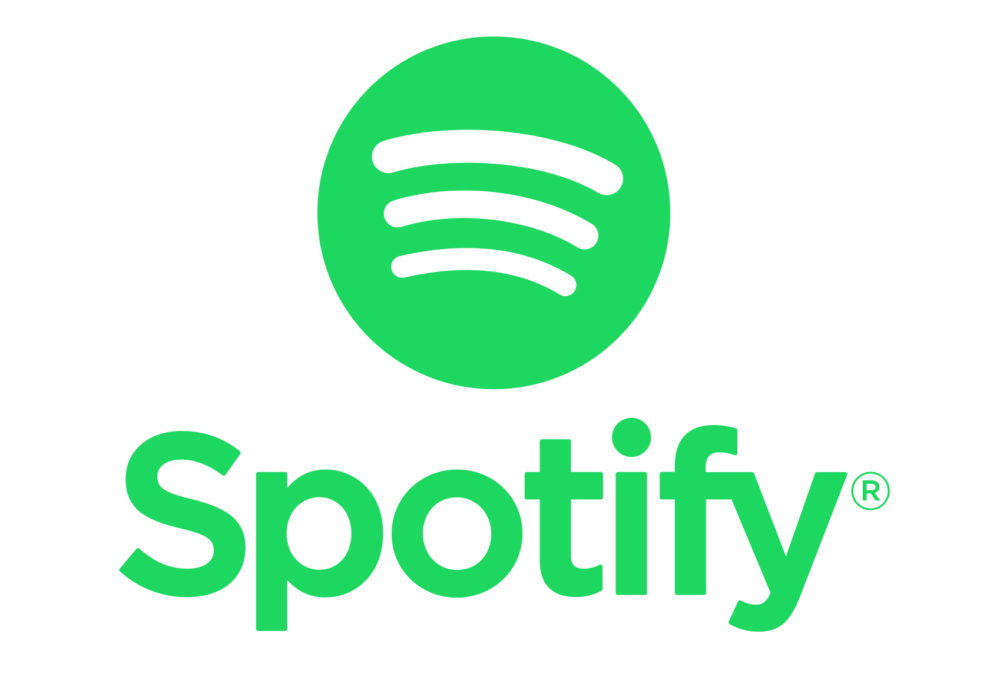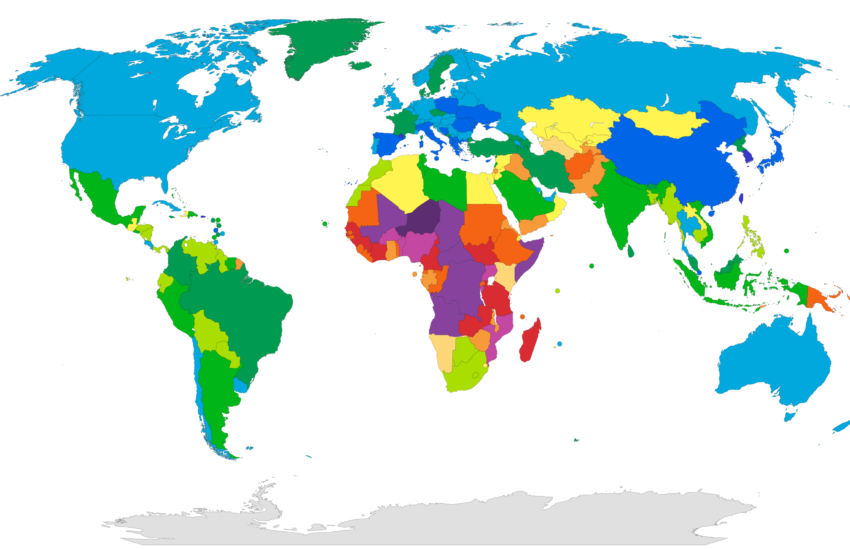How I Promoted My Digital Single
The Story
While I was studying in Australia I made this track called Pale Blue with a friend who was in Korea. It is commonplace for people to collaborate online these days so there is nothing special about it, but I still wanted to take this idea further and embed it in the identity of our group
So we came up with this name:

2020 was a year where everyone was trapped inside their house using their internet connection to do work, talk to family, and meet friends. I thought the name Local Area Network could touch on this phenomenon. The word implies internet connection in a small geographical area, yet is a requirement to connect to the broader world. The first few months of COVID was weird because the realization of local ideas being broadcasted to the world and having massive impact became more apparent, even though that was the norm for the whole duration of my life. I don’t know why but that is what I felt. And I believe that many people also felt this way.
I wanted to show the world what I made. But as far as I know, there are thousands of songs released on Spotify everyday. I will somehow need to stand out from the crowd. Even if the music is good, if people don’t know it exists why even bother to release it? I’ve done some research and decided to utilize the Facebook Ads Manager.
The goal was to have my single reach the algorithm-generated Release Radar playlist.
The Strategy
- Execute an ad campaign aiming for conversion events to maximize user retention
- Utilize a multiple avenues: direct video ads, social media DMs, parallel playlist ads
For the main video ad campaing, I wanted to emulate a TikTok Duet. And what does a TikTok video reminds you of? To me, TikTok will always be about cringe worthy lip-syncing videos. I aimed for that value for the ad. The video ad led to a landing page that contained a link to our song on Spotify.
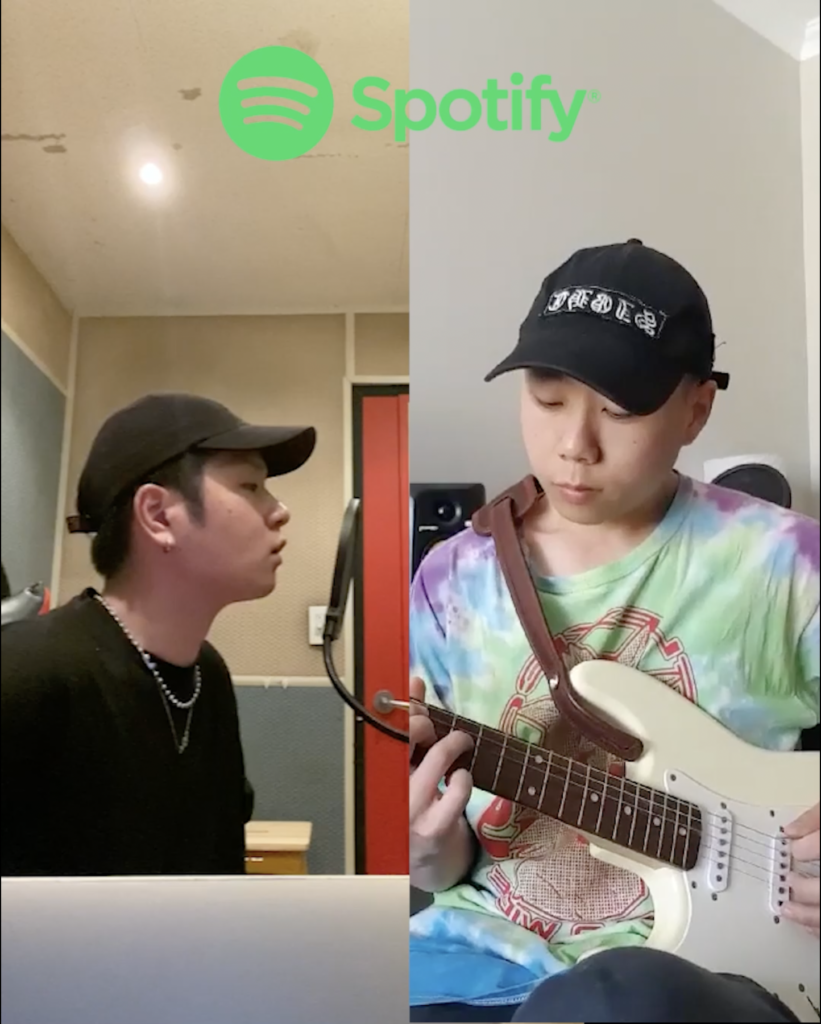

Album artwork 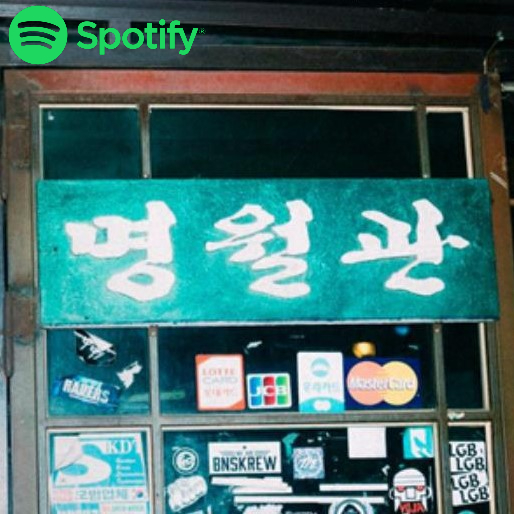
Playlist ad image
Simultaneously, I created another ad promoting a playlist with a curation of underground Korean music. Our single was placed on top of the playlist so that when people start listening to the playlist it will play our song. I chose to use the image of Myung-Wol-Gwan because that is where I used to go for clubbing. MWG was one of the most oldest and well known venues in Hongdae. They used to play Drum & Bass, Dubstep, and underground electronic music. I thought that the Korean font was very appealing and would gain attraction.
For this campaign, I used two Instagram accounts for social media marketing; the artist account and label account. All of the ads were displayed through the label account. I did this on purpose because I didn’t want the artist account promoting a playlist. Moreover, I could easily identify Instagram users liking our ad through the notifications on the label account. I sent DMs to users liking our ad to thank them for liking our ad and made a call for action, suggesting them to listen to the digital single and follow the artist account. This has resulted in a tremendous increase of Instagram followers and Spotify plays.
Our track did not sound like typical K-pop or Korean hip-hop but I thought that the sonic element didn’t really matter; the fact that we are Korean and the lyrics were in Korean were more important in my opinion. Therefore, I targeted my audience with three different keywords: K-pop, ASAP Nast, Mac Demarco, each representing audiences from different genres of music. Additionally I split the campaign to 4 geographical locations: Tier 1, other European countries, Asia, and other countries. However, I used the Spotify keyword as a prerequisite for all keywords to ensure that the ad is targeting an audience that can result in actual conversions.
During the campaign, it became clear that the K-pop keyword was the most effective in terms of conversions and cost-per-click. Geographically, South America showed some good conversion rates. Even though South America was not a primary target of the campaign, there was a high influx of listeners from Brazil. Asian countries like Indonesia and Thailand also showed similar results. However, the goal was to target the North American and European market which have the biggest music industry, so I maintained the budget distribution even though the Cost per Click was comparatively higher in these areas.
The digital single ad campaign lasted for a month and the playlist campaign lasted for half of a year. The total budget spent was around AUD 620.
The Result
- The single Pale Blue landed on the Release Radar playlist .
- The Artist account Local Area Network gained 120 followers on Spotify. Additionally, the Instagram account for the artist and label account gained around 100 followers each.
- The Spotify playlist gained 2,000 followers.
Overall, the project was successful as we reached our primary goal to be featured on the Release Radar playlist.
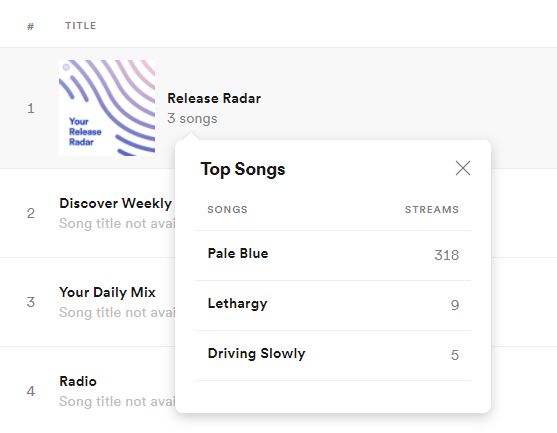
Lessons Learned
- Targeting the right audience is crucial: evaluating the ad effectiveness for different keywords before the campaign should always be a prerequisite.
- Having an alternative promotion avenue to support the main campaign can attract a broader range of audience and provide long-term exposure.
- Communicating to your audience on the individual level is very effective.
